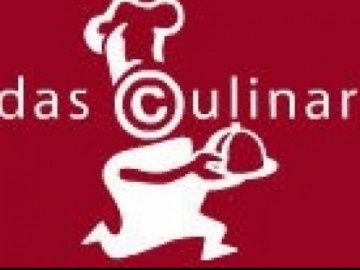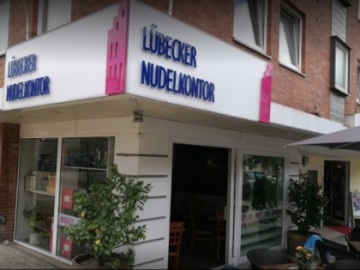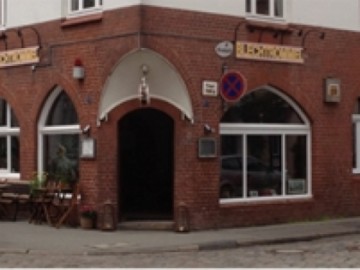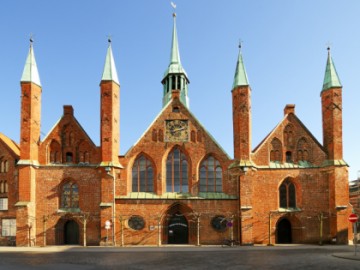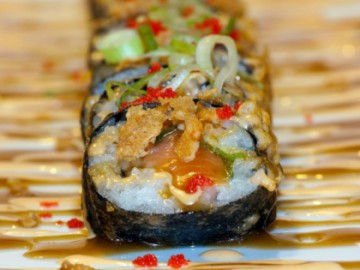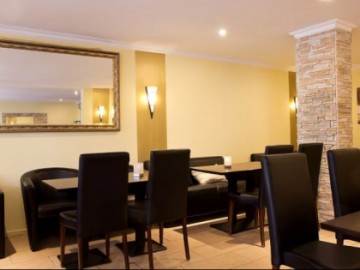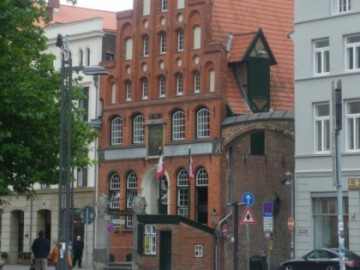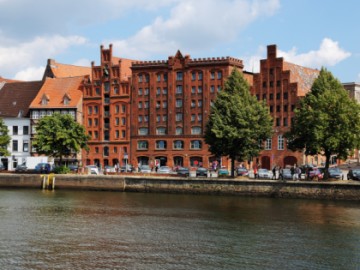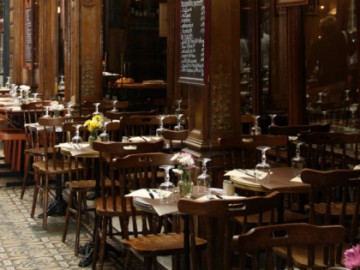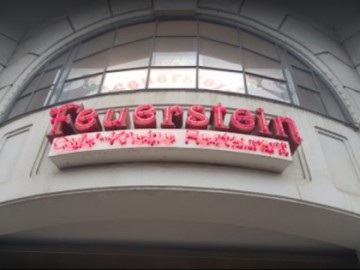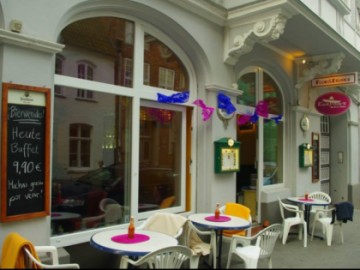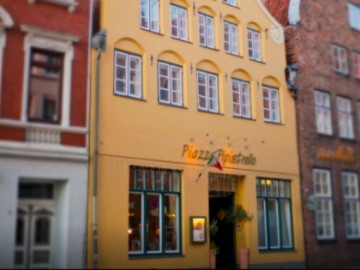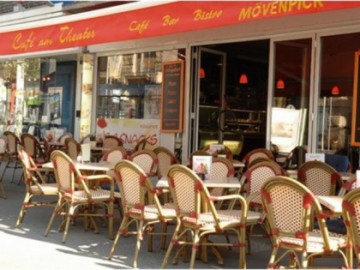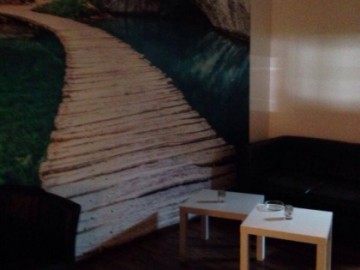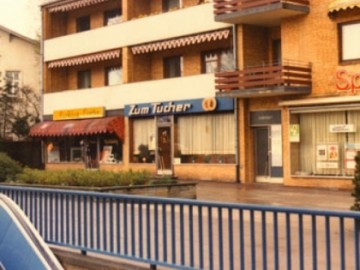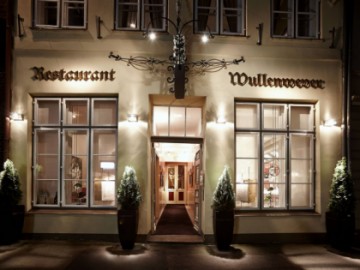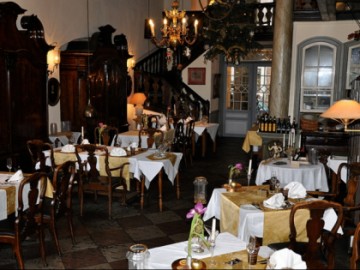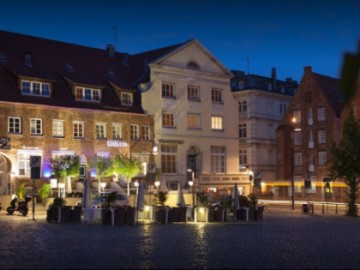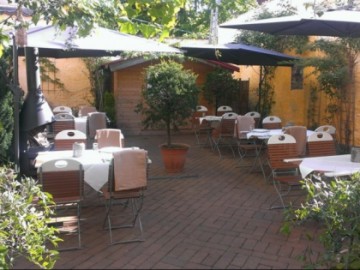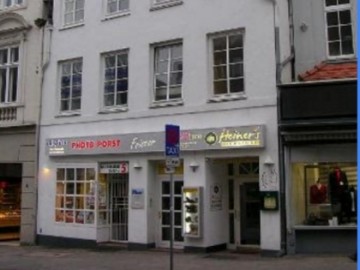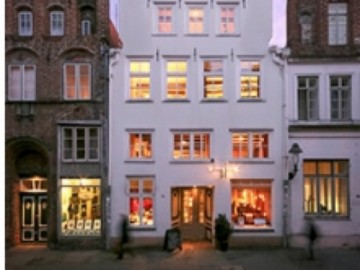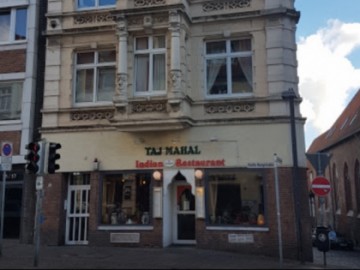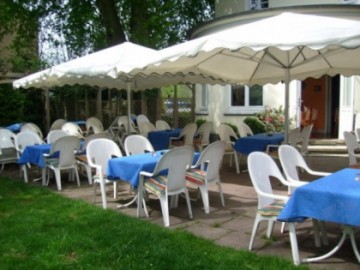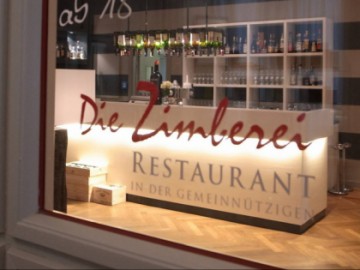Burgtor Tower and Hanse Museum
Burgtor Tower iswhat was left from the fortifications of old Lubeck. It was built of glazedbricks in the Gothic style and reached our days undamaged. Burgtor Tower is notas pompous as Holsten Gate, which is also part of the fortress walls that did notsurvive. But it stands almost at the same place as the castle from which thecity of Lubeck started. The Hanse Museum is near Burgtor.
The Hanse Museum tells the history of the trade andpolitical union of the Baltic and northern European cities, which existed until1669. With the help of interactive media you can experience the atmosphere ofthose times when salt was a valuable product. You can see what the Hanseaticships looked like, what merchants wore and even how they packaged products.
Several rooms are devoted to the sales offices ofthe Hanseatic League in the cities, with which the union actively did business.The Hanseatic League had a great impact on their fate. Veliky Novgorod, forexample, was saved from starvation in the off year of 1231. According to thechronicles, the Hanseatic Germans brought bread here. And, of course, Lubeck,which was the unofficial capital of the Hanseatic League for a long time andplayed an important role in the political life of Europe, is in the center ofthe exhibition.
The museum has an interesting archaeologicalcollection of artifacts from the excavations of the old fortress on the CastleHill, from which Lubeck started. Both adults and children watch all theseexhibits with enthusiasm, to which the Hanse Museum’s organizers perhaps directmore efforts.

